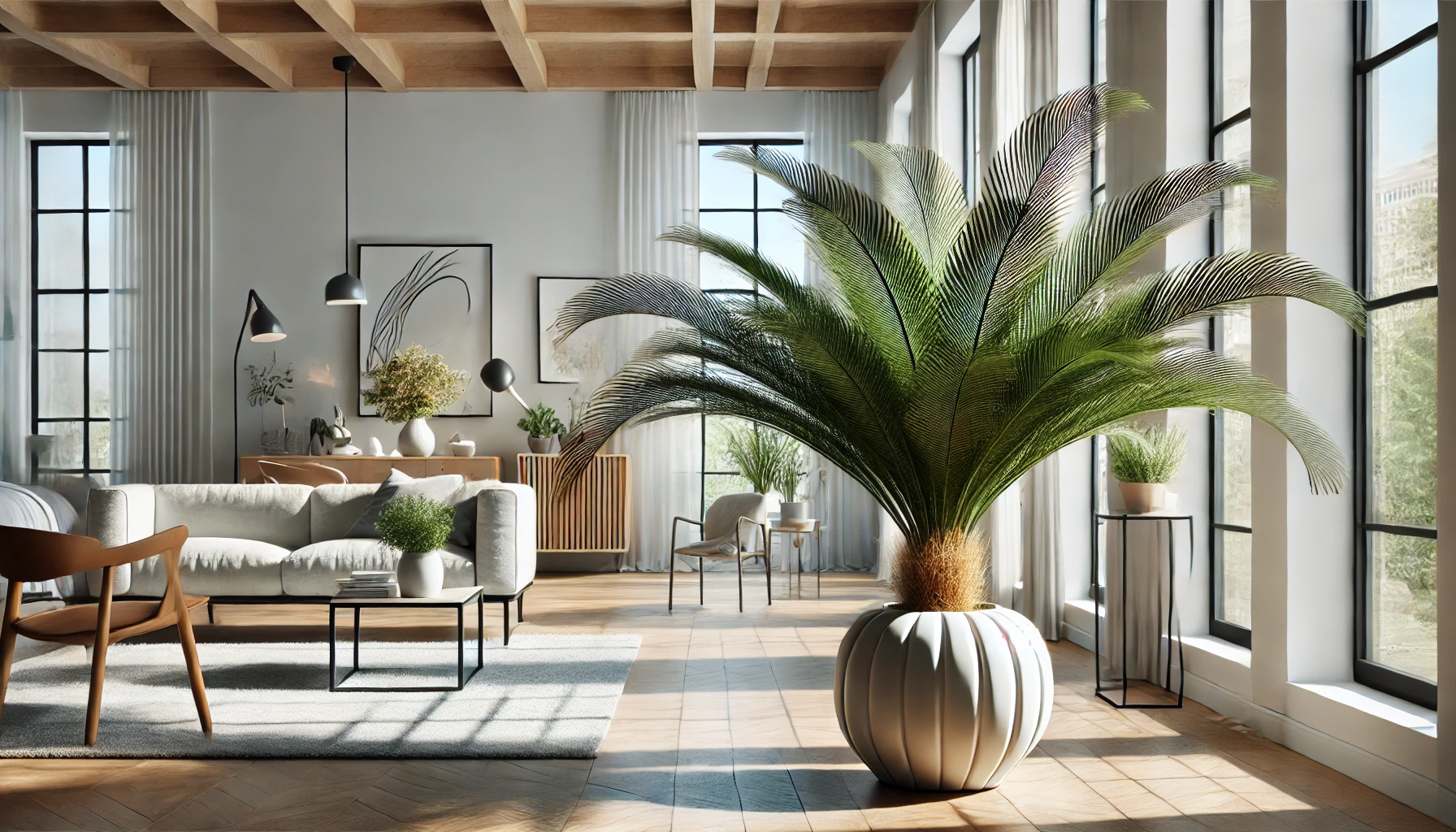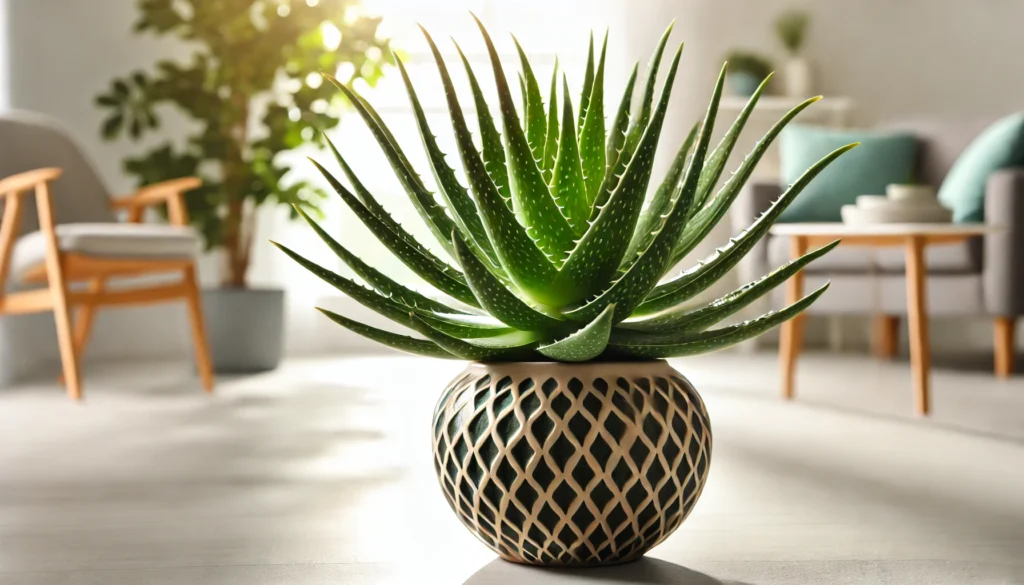
The Butterfly Palm, formally known as Dypsis lutescens, is a graceful and popular houseplant, renowned for its feathery, arching fronds that resemble a butterfly in flight. This elegant palm can grow up to 10 feet tall indoors, making it an impressive addition to any space. Outdoors, in ideal conditions, it can reach heights of 20-30 feet.
A Glimpse into History and Ideal Growing Conditions
Native to Madagascar, the Butterfly Palm, also known as the Areca Palm, has become a favorite among plant enthusiasts worldwide. It thrives in tropical and subtropical climates, preferring warm temperatures and high humidity. Ideal growing conditions for the Butterfly Palm include well-draining soil, bright indirect light, and a humid environment. This palm is a versatile plant that can adapt to a range of indoor conditions, making it an excellent choice for both novice and experienced gardeners.
Pet Safety: Non-Toxic and Safe
One of the many appealing aspects of the Butterfly Palm is its non-toxic nature. This makes it a safe addition to households with pets, ensuring that curious cats and dogs won’t be harmed if they decide to nibble on the leaves. You can enjoy the beauty of this plant without worrying about the safety of your furry friends.
Expert Tips for Butterfly Palm Care
Caring for a Butterfly Palm involves understanding its specific needs and providing the right environment for it to flourish. Here are some essential tips to keep your plant healthy and vibrant.
Watering and Humidity
The Butterfly Palm prefers consistently moist soil but is susceptible to root rot if overwatered. Water your plant when the top inch of soil feels dry, and ensure that excess water can drain away easily. Maintaining high humidity is also beneficial. If your home is particularly dry, consider using a humidifier or placing the palm on a tray with pebbles and water to increase the humidity around it.
Soil, Light, and Temperature
For optimal growth, plant your Butterfly Palm in a well-draining potting mix, such as a blend designed for palms. This type of soil ensures that water doesn’t accumulate around the roots. Position your plant in a spot where it will receive bright, indirect light. Direct sunlight can scorch the leaves, while too little light will result in slow growth. Ideal temperatures for the Butterfly Palm range from 65-75°F (18-24°C). Protect it from cold drafts and sudden temperature changes.
Troubleshooting Common Issues
Like any plant, the Butterfly Palm can encounter problems. Yellowing leaves often indicate overwatering or poor drainage, while brown, crispy edges typically result from underwatering or low humidity. If your plant becomes leggy, it might not be receiving enough light. Regularly inspect your plant and adjust your care routine as needed. Pests such as spider mites and mealybugs can occasionally be an issue. Treat infestations promptly with insecticidal soap or neem oil.
Propagation and Benefits
Propagating the Butterfly Palm is typically done through division. When the plant has multiple stems, you can carefully separate them into individual plants, each with its own root system. This process is best done in the spring when the plant is actively growing.
Beyond its aesthetic appeal, the Butterfly Palm offers several benefits. It is known for its air-purifying qualities, helping to remove toxins from the air and improve indoor air quality. Its lush, green foliage can also create a calming and relaxing atmosphere, enhancing the overall ambiance of your home.
Final Thoughts
The Butterfly Palm is an elegant and easy-to-care-for houseplant that can bring a touch of the tropics into your home. With its non-toxic nature and relatively simple care requirements, it’s an excellent choice for both novice and experienced plant enthusiasts. By understanding its needs and providing the right conditions, you can enjoy the beauty and benefits of the Butterfly Palm for many years. Whether you’re looking to add a single plant to your collection or create a lush, indoor jungle, the Butterfly Palm is sure to be a rewarding and delightful addition.



